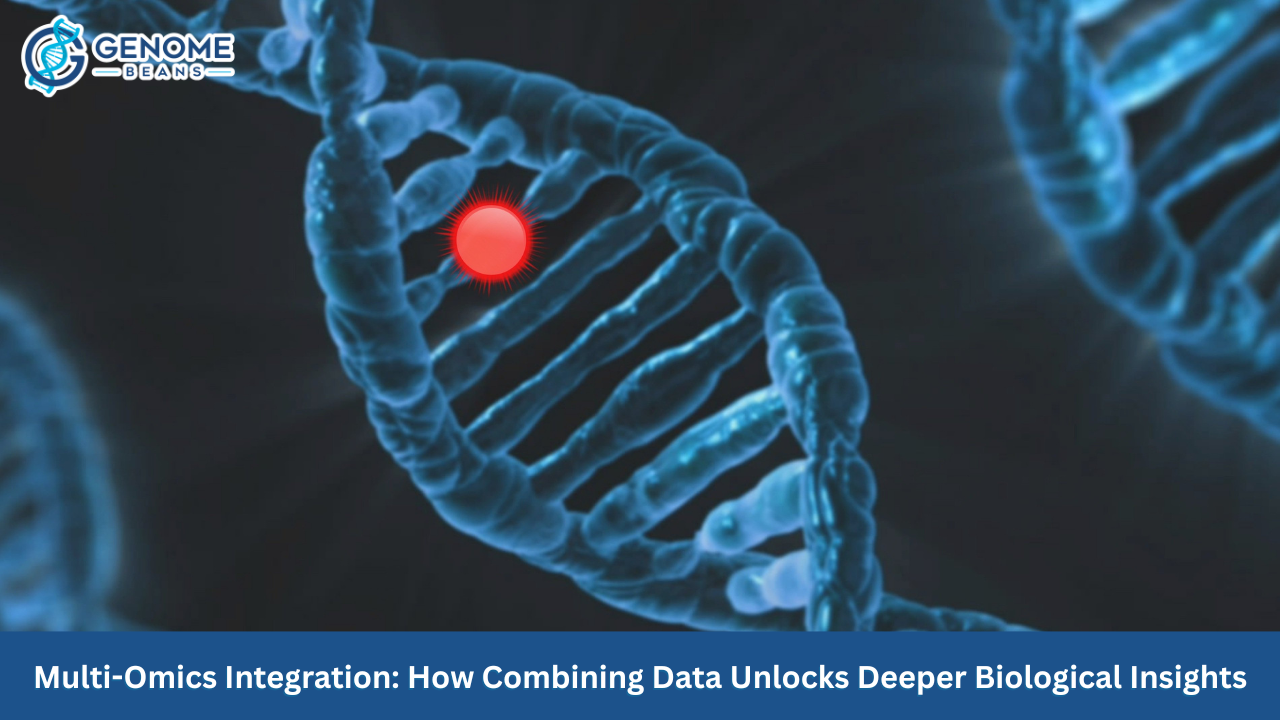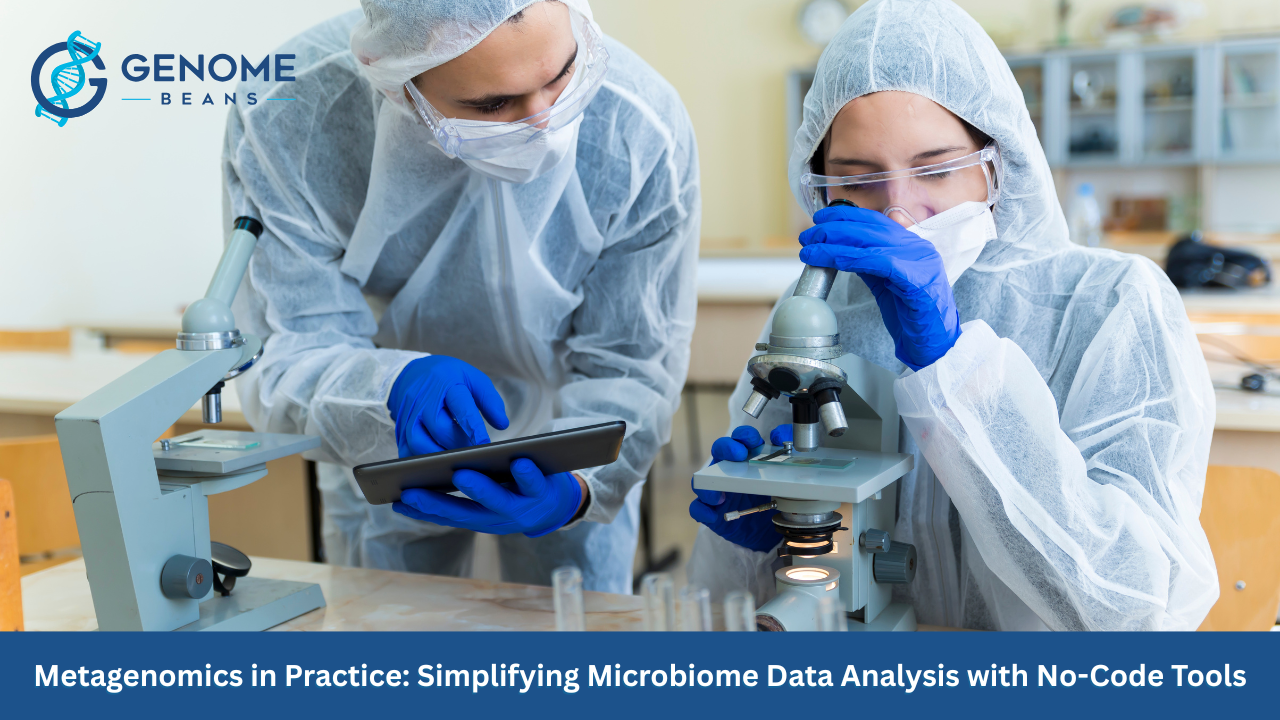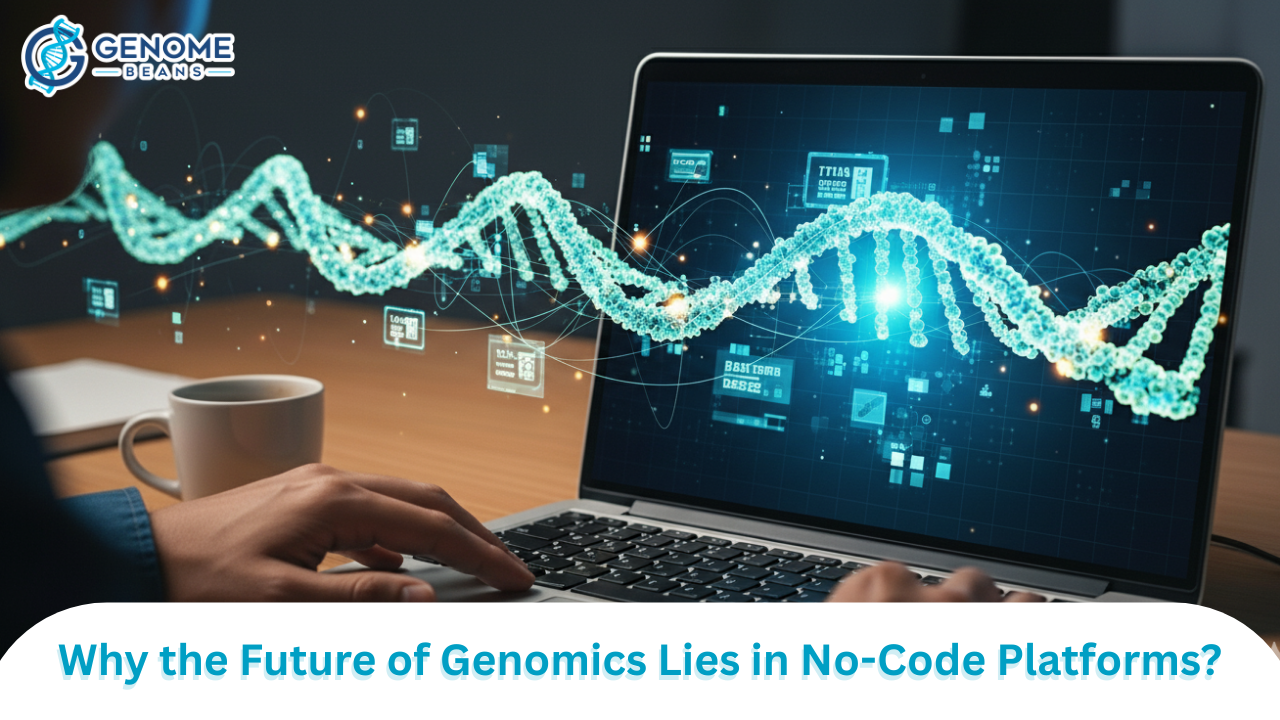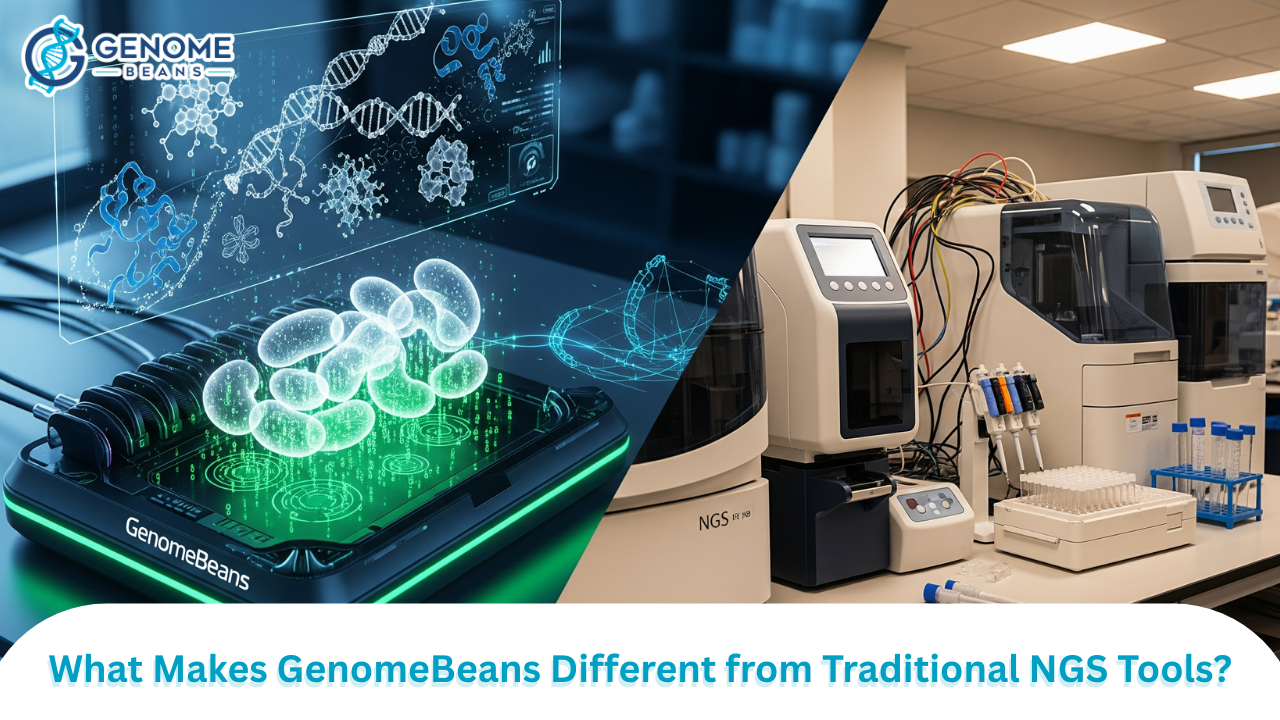Single-Cell vs Bulk Transcriptomics: Is Bioinformatics just about Coding
Key Takeaways
- Single-cell transcriptomics helps uncover diversity at the level of individual cells.
- Bulk transcriptomics captures broader, population-wide gene expression patterns.
- Both methods are complementary rather than interchangeable.
- Bulk RNA-seq is cost-effective but may overlook rare cell populations.
- Transcriptomics analysis requires biology, statistics, and interpretation—beyond just coding.
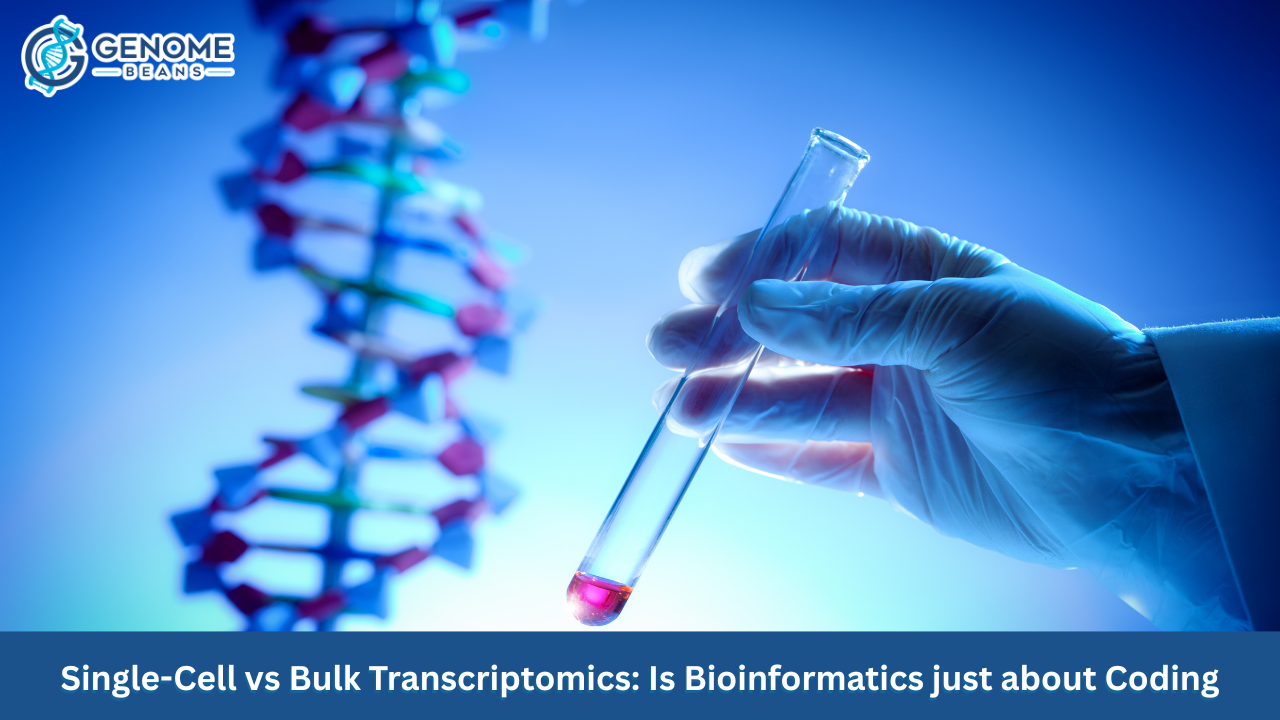
When it comes to studying gene expression, researchers often rely on two main strategies: single-cell transcriptomics and bulk transcriptomics. Both approaches are powerful, but they serve very different purposes. Understanding these differences is crucial when designing experiments and interpreting results.
Single Cells Transcriptomics
Single-cell transcriptomics zooms in on individual cells, giving scientists the chance to study cell-to-cell differences that would otherwise remain hidden. It’s particularly useful in areas like cancer research, developmental biology, or immune system studies, where even small subpopulations of cells can have major roles as they are known to be heterogeneous. The challenge, however, lies in the complexity of the data and the computational effort required to make sense of it.
Bulk Transcriptomics
On the other hand, bulk RNASeq analysis looks at gene expression across thousands or even millions of cells at once. This gives an average picture of what’s happening in a tissue or sample. It’s less expensive and easier to interpret, making it a popular choice for many labs. But it comes with a trade-off: bulk methods can miss rare cell types or subtle variations.
Beyond Just Coding
A common misconception is that bioinformatics is simply about coding. In reality, transcriptomics analysis requires far more—experimental design, quality checks, statistical reasoning, and biological interpretation. Coding is just one part of the bigger picture.
Conclusion
The choice between single-cell vs bulk transcriptomics depends on the research question. Both are valuable tools, and often, the most insightful studies combine them. Bioinformatics, at its core, is about connecting data to biology—not just writing lines of code.



